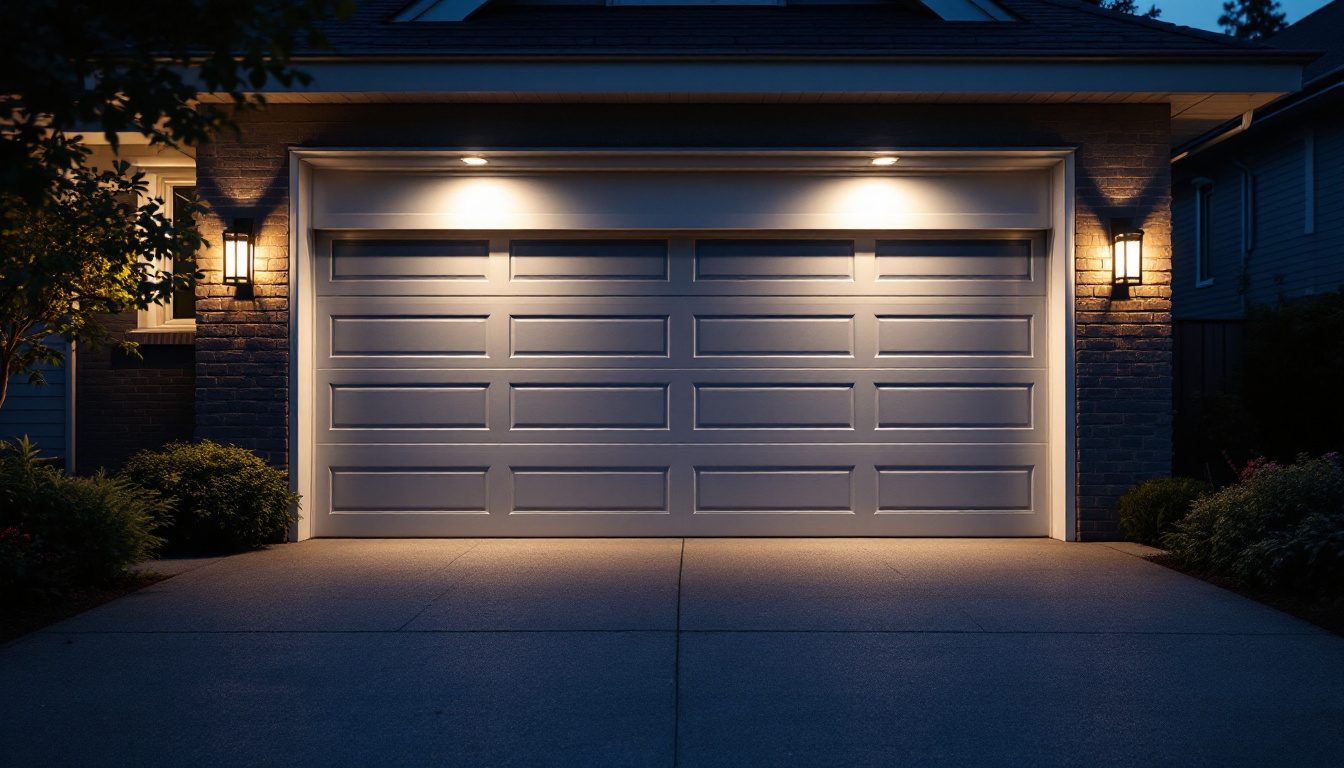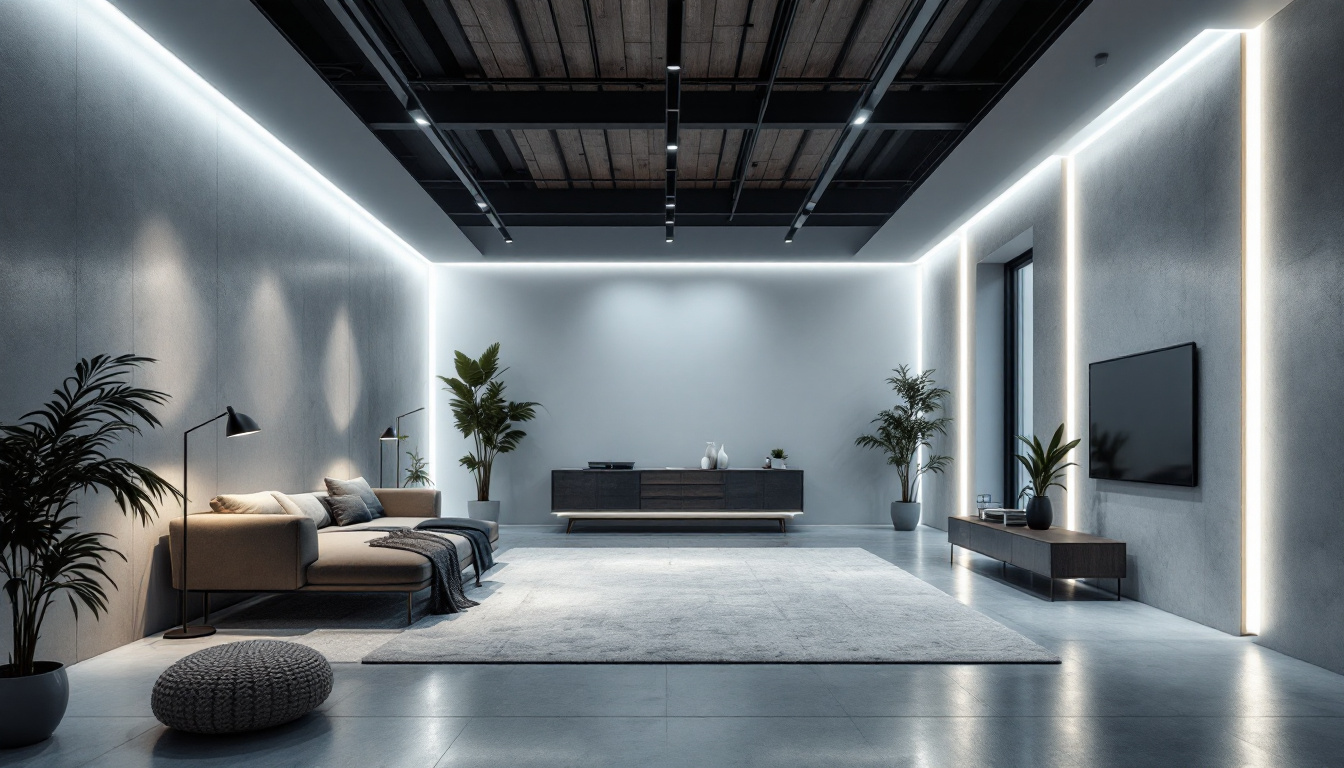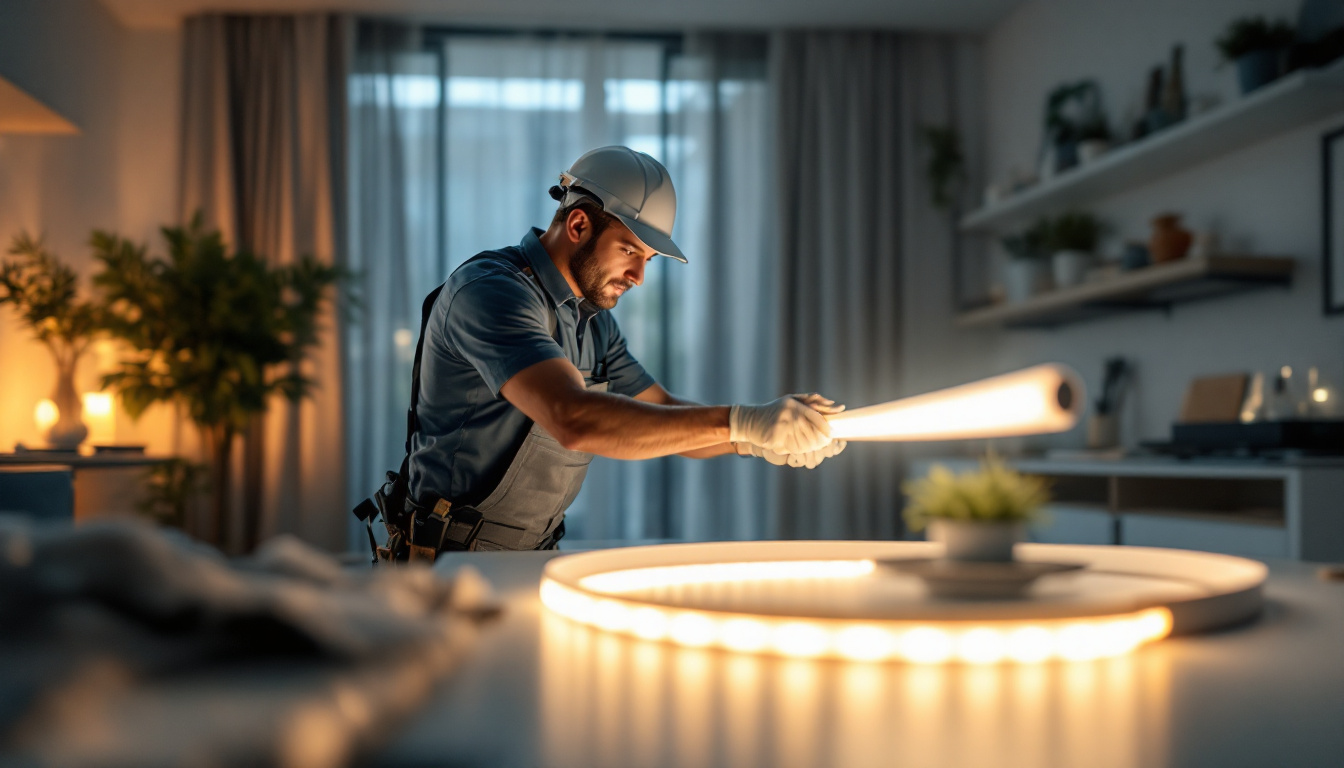
In the evolving world of interior design, lighting plays a critical role, especially in spaces like bathrooms where ambiance and functionality must coexist. As a lighting contractor, understanding the nuances of LED lighting for bathrooms is essential to meet client expectations and enhance the overall aesthetic of this intimate space. This article delves into the various aspects of LED lights for baths, providing insights that every lighting contractor should know.
One of the most significant benefits of LED lighting is its energy efficiency. Compared to traditional incandescent bulbs, LEDs consume up to 80% less energy, which translates to lower electricity bills for homeowners. This efficiency not only appeals to environmentally conscious clients but also aligns with the growing trend of sustainable living.
Moreover, the longevity of LED lights—often lasting up to 25,000 hours or more—means less frequent replacements. This durability reduces waste and maintenance costs, making LEDs a smart investment for both contractors and clients. In addition, many utility companies offer rebates for switching to energy-efficient lighting, providing an extra financial incentive for homeowners to make the switch. This combination of savings and sustainability makes LED lighting a compelling choice for modern bathrooms.
LED lights come in a variety of shapes, sizes, and color temperatures, allowing for creative flexibility in bathroom design. From recessed lighting to vanity fixtures, the options are vast. Contractors can choose warm white tones for a cozy atmosphere or cooler shades for a more modern, clinical look.
Additionally, the ability to dim LED lights enhances their versatility, enabling clients to adjust the ambiance according to their needs—whether it’s for a relaxing bath or an invigorating morning routine. With the rise of smart home technology, many LED fixtures can now be integrated with home automation systems, allowing users to control lighting through their smartphones or voice commands. This level of customization not only elevates the user experience but also adds a touch of luxury to the bathroom space.
Bathrooms are unique environments where moisture and humidity levels can fluctuate significantly. LED lights are inherently safer than traditional bulbs as they emit less heat, reducing the risk of burns or fire hazards. Furthermore, many LED fixtures are designed to be moisture-resistant, making them ideal for use in wet areas.
Understanding the safety ratings and appropriate placements of LED fixtures is crucial for contractors. Utilizing products that meet the necessary IP (Ingress Protection) ratings ensures that the lighting will perform well in the bathroom environment. In addition to moisture resistance, some LED lights are equipped with shatterproof features, providing an added layer of safety in case of accidental impacts. This combination of durability and safety makes LED lighting a reliable choice for any bathroom, ensuring that both aesthetics and functionality are prioritized in the design process.
When selecting LED lights for bathrooms, contractors should consider the various types available. Recessed lighting is a popular choice for general illumination, providing a sleek, unobtrusive look. Wall sconces can add a decorative touch while offering functional lighting for tasks such as shaving or applying makeup.
Vanity lights are another essential component, often positioned above or beside mirrors to eliminate shadows. Pendant lights can also be used to create a statement piece, adding both style and brightness to the space. Additionally, LED strip lighting has gained popularity for its versatility, allowing for creative installations under cabinets or along shelves, which can enhance the overall aesthetic while providing subtle illumination. This type of lighting can also be used to highlight architectural features or decorative elements, making the bathroom feel more inviting and luxurious.
The color temperature of LED lights is critical in creating the desired atmosphere. Measured in Kelvin (K), the color temperature can significantly impact how colors and features appear in the bathroom. A warmer temperature (around 2700K to 3000K) is often preferred for a relaxing environment, while cooler temperatures (4000K to 5000K) can enhance visibility for grooming tasks.
Contractors should guide clients in choosing the right color temperature based on their preferences and the overall design of the bathroom. It’s also worth noting that different areas within the bathroom may benefit from varying color temperatures for optimal functionality. For instance, a softer, warmer light might be ideal for a soaking tub area, creating a spa-like atmosphere, while a brighter, cooler light could be more suitable for the shower or vanity space where precision is key. This thoughtful approach to lighting can transform the bathroom into a multifunctional space that caters to relaxation and practicality.
Integrating dimmer switches and smart controls into LED lighting systems can significantly enhance the user experience. Dimmers allow for adjustable brightness, enabling users to create the perfect ambiance for any occasion. This feature is particularly valuable in bathrooms, where lighting needs can change throughout the day.
Smart lighting solutions offer even greater control, allowing users to adjust settings via mobile devices or voice commands. Contractors should consider recommending smart LED options to clients who value convenience and modern technology in their homes. Moreover, these smart systems often come with customizable settings, enabling users to program specific lighting scenarios for different times of day or activities, such as a gentle wake-up light in the morning or a calming dim light for evening relaxation. This level of personalization not only enhances the functionality of the bathroom but also elevates the overall user experience, making everyday routines feel more luxurious and tailored to individual preferences.
Before beginning any installation, it’s vital for contractors to familiarize themselves with local building codes and regulations. Bathrooms often have specific requirements regarding electrical installations due to their unique environment. Ensuring compliance not only guarantees safety but also protects contractors from potential liabilities.
Consulting with local authorities or electrical inspectors can provide clarity on necessary permits, wiring methods, and fixture placements. This diligence helps to create a safe and legally compliant installation.
Strategic placement of LED fixtures is crucial for achieving optimal lighting in bathrooms. General lighting should be evenly distributed to avoid dark corners, while task lighting should be focused on areas where precision is required, such as above the sink or around mirrors.
Contractors should also consider the height at which fixtures are installed. For example, wall sconces should be positioned at eye level to provide adequate illumination without creating harsh shadows. Taking the time to plan the layout can significantly enhance the functionality and aesthetic appeal of the space.
When working with LED fixtures, understanding the wiring requirements is essential. Many LED lights operate on low voltage, which may necessitate the use of transformers. Properly sizing transformers and ensuring they are compatible with the chosen fixtures is critical for optimal performance.
Additionally, using the correct gauge of wire and ensuring secure connections can prevent issues such as flickering or dimming. It is advisable to follow manufacturer guidelines for wiring to ensure safety and reliability.
While LED lights are generally low-maintenance, periodic checks can help ensure they continue to perform at their best. Dust and debris can accumulate on fixtures, affecting brightness and appearance. Regular cleaning with a soft, damp cloth can help maintain their aesthetic appeal.
Contractors should also educate clients on the importance of checking for any signs of flickering or dimming, which may indicate a need for replacement or electrical issues. Encouraging clients to keep an eye on their lighting can prevent larger problems down the line.
Even with high-quality LED fixtures, issues can occasionally arise. Flickering lights may be caused by loose connections, incompatible dimmers, or voltage fluctuations. Contractors should be prepared to troubleshoot these common problems, offering clients solutions that restore functionality.
In cases where lights fail to turn on, checking the power supply and ensuring that the circuit is functioning properly can often resolve the issue. Educating clients on basic troubleshooting can empower them to address minor concerns without needing immediate professional assistance.
In recent years, there has been a growing trend towards maximizing natural light in bathroom design. This shift has led to the incorporation of larger windows, skylights, and light tubes. Contractors can complement these features with LED lighting that mimics daylight, enhancing the overall brightness and warmth of the space.
Using daylight-simulating LEDs not only improves visibility but also contributes to a more inviting atmosphere. This approach aligns with the increasing demand for wellness-focused design, where natural elements play a pivotal role.
Layering different types of lighting—ambient, task, and accent—has become a popular strategy in bathroom design. This approach allows for greater flexibility in creating the desired mood and functionality. Contractors should consider incorporating various lighting sources, such as recessed lights for general illumination, sconces for task lighting, and accent lights to highlight architectural features.
By understanding the principles of layered lighting, contractors can create dynamic spaces that cater to the diverse needs of their clients.
LED lights are revolutionizing bathroom design, offering energy efficiency, versatility, and safety. For lighting contractors, understanding the advantages, installation best practices, and current trends in LED lighting is essential for delivering exceptional results. By staying informed and adapting to the evolving landscape of bathroom lighting, contractors can ensure client satisfaction and foster long-lasting relationships.
As the demand for innovative and sustainable lighting solutions continues to grow, embracing LED technology will not only enhance the quality of bathroom spaces but also position contractors as leaders in the industry.
Ready to elevate your lighting installations with the efficiency, versatility, and safety of LED technology? Look no further than LumenWholesale for all your lighting needs. We provide contractors with high-quality, spec-grade LED lighting products at unbeatable wholesale prices. Say goodbye to local distributor markups and hello to superior lighting products that meet the highest industry standards. Plus, with free shipping on bulk orders, you can stock up on premium lighting solutions at the best value — without any hidden fees. Don’t compromise on quality or affordability. Discover the best in wholesale lighting at LumenWholesale and make your next bathroom project shine.

Discover how outdoor garage door lights can enhance efficiency for lighting contractors.

Discover the transformative power of linear recessed lighting in your spaces.

Discover how the Outlet Plug Switch is revolutionizing lighting contractor workflows—boost efficiency, safety, and flexibility.

Discover why lighting contractors are turning to magnetic LED strips as a top choice for modern projects.